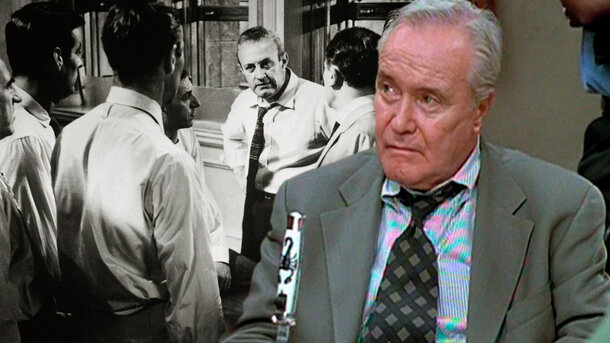12 Angry Men is a compelling courtroom drama that delves into the deliberations of a jury deciding the fate of a teenager accused of murder. The 1957 film, directed by Sidney Lumet, is renowned for its intense character studies and exploration of justice, prejudice, and moral responsibility. A 1997 television remake, directed by William Friedkin, offers a modernized version with a diverse cast.
Plot Summary
The narrative unfolds in a single jury room, where 12 men must decide the guilt or innocence of a young defendant. Initially, all jurors except one vote guilty. Juror #8, portrayed by Henry Fonda in the original and Jack Lemmon in the remake, questions the evidence, leading to intense debates that reveal personal biases and ethical dilemma
Which Version is Better?
The 1957 film is considered a classic, lauded for its direction, screenplay, and performances. It holds a 100% approval rating on Rotten Tomatoes and is preserved in the National Film Registry for its cultural significance. The 1997 remake, while well-received with a 93% rating, offers a contemporary take with a more diverse cast but is often viewed as less impactful than the original.

Where to Watch
- The 1957 film is available for streaming on platforms like Amazon Prime Video.
- The 1997 TV movie can be found on streaming services such as Amazon Prime Video.
Who Killed the Father
In 12 Angry Men, the identity of the person who actually killed the father is never revealed, as the film primarily focuses on the deliberations of the jury rather than the details of the crime itself. The key theme of the story is the exploration of justice and the importance of questioning assumptions.

The boy is found innocent because of reasonable doubt in the evidence presented during the trial. Several pieces of key testimony, such as the reliability of witnesses and the possibility that the murder weapon could have been obtained elsewhere, cast doubt on the boy's guilt. This uncertainty, along with the realization that the prosecution’s case was weak and riddled with inconsistencies, leads to the boy’s acquittal, emphasizing the importance of careful scrutiny in the justice system.











